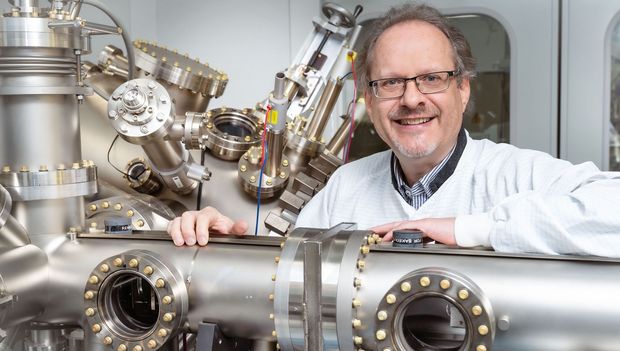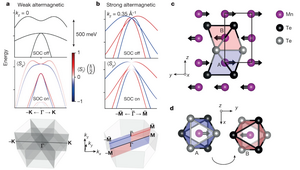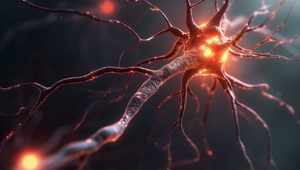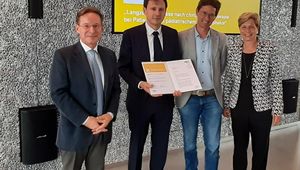A needle points north: While magnetic forces are a long-standing phenomenon, they still manage to surprise us.

An international research project involving the Johannes Kepler University Linz has now demonstrated that altermagnetism also exists.
For centuries, magnetism has been divided into two types: ferromagnetic and antiferromagnetic. Altermagnetism is recently discovered third type. This form of magnetism is found in certain materials that have unique properties, including higher operational temperatures. Univ. Prof. Dr. Gunther Springholz (JKU Department of Semiconductor Physics) is involved in the project and remarked: "This opens the door to a number of interesting applications, for example in data storage." Altermagnetic materials could also generally support advancements to create faster, and more efficient, electronics.
Initially Predicted in 2022
Initially theoretically predicted to be present in 2022, experts have been pursuing altermagnetism since. Joined by researchers in Lausanne, Pilsen, and in Mainz, physicists at the Swiss Light Source (Paul Scherrer Institute), the Czech Academy of Sciences, and at the JKU have now jointly made the discovery. Using photoemission spectroscopy, scientists were able to detect altermagnetism in manganese telluride crystals. The corresponding samples were produced in the JKU cleanroom under ultra-high vacuum conditions and transported to the synchrotron in Switzerland in a battery-powered vacuum case.
Springholz added: "We were also involved in taking measurements there, which were then performed at the Paul Scherrer Institute." These measurements demonstrated the spin splitting of electronic bands for the first time and demonstrated that altermagnetism actually exists.
Springholz is delighted about the breakthrough and commented: "Our work has allowed us to experimentally prove the existence of a completely new types of magnetic materials for the first time. Given their special properties in spin electronic components, in the future, these materials will be very important for ultra-fast and energy-efficient computer chips."
The discovery has now been published in the renowned scientific journal, "Nature".
Read the paper: https://www.nature.com/articles/s41586-023-06907-7, opens an external URL in a new window











